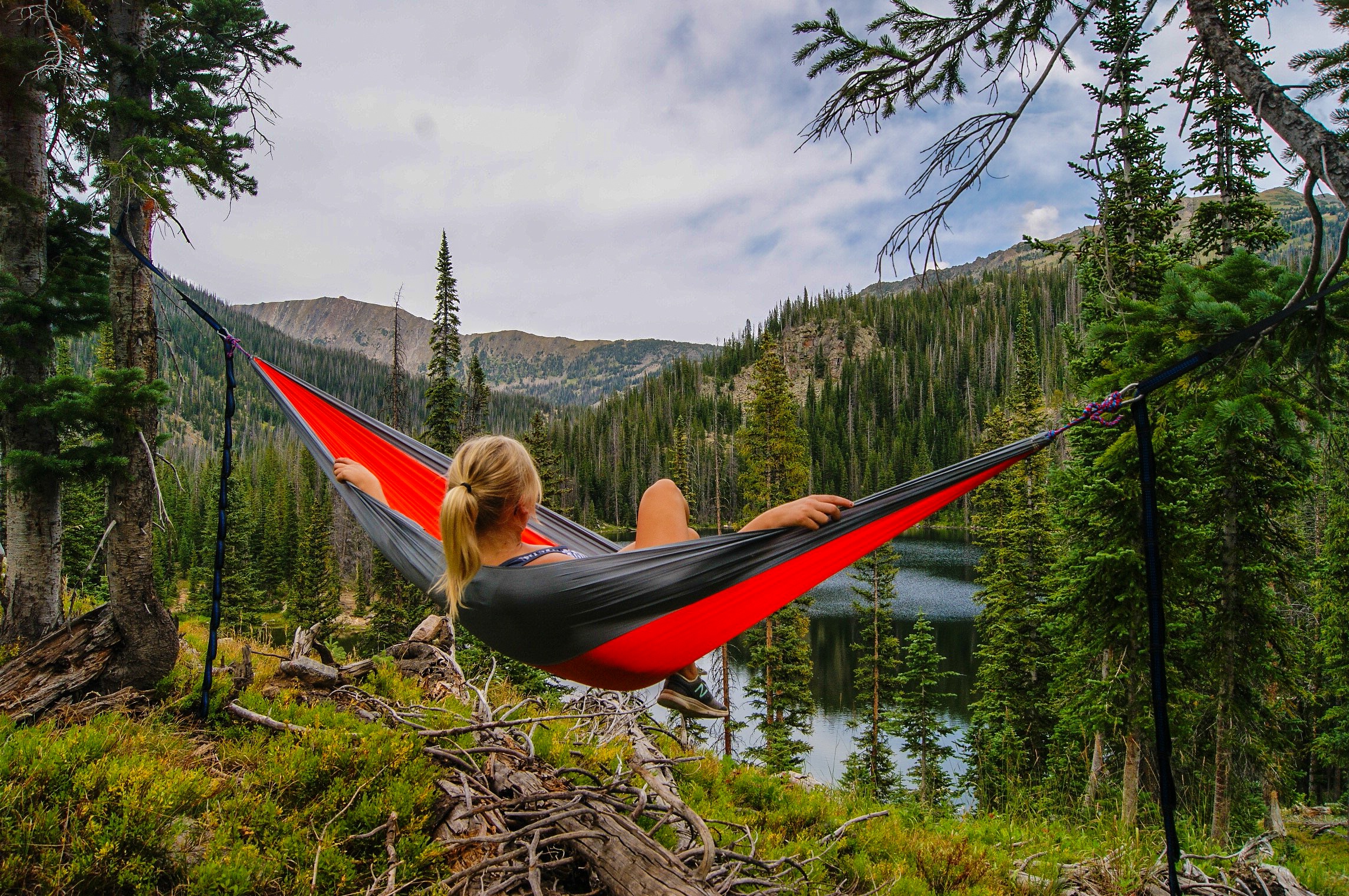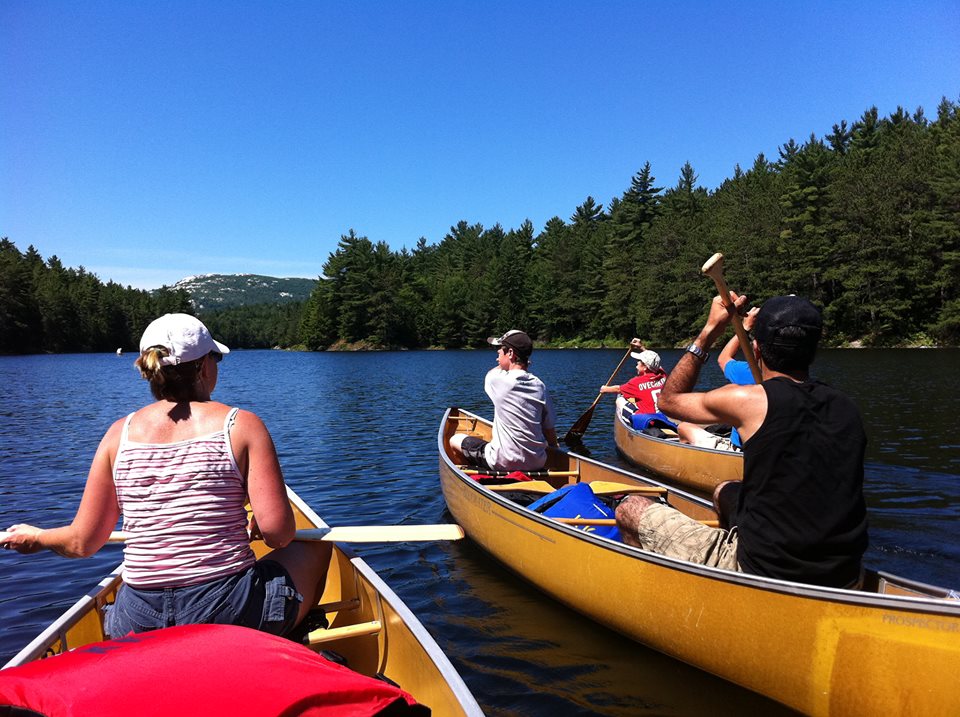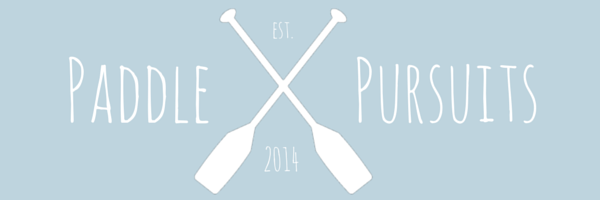
So, you’ve decided you want to learn what it’s all about to go on an overnight canoe trip? You’ve got some camping gear, a trusty canoe, a paddle, and a thirst for adventure.
Luckily for you, canoe camping trips are easy to get started, and you’ve come to the right place to learn. On the flip side, however, it’s easy to miss the difficulties that go with canoe camping.
But don’t worry, we’ve got you covered. Our tips will allow you to enjoy your time on the water and make the most of your next boating adventure into the backcountry.
#1 Pack Light
Don’t forget that for every ounce of equipment on your boat, it takes more effort to move the boat forward. This is a mistake I made early on and I paid for it on my first trip.
You can pack a lot more gear into a canoe than you can a kayak, and it’s tempting to bring equipment for every eventuality your imagination conjures up. But try to lighten your load wherever possible and think about packing for your trip as more of a hiking trip – as if you have to carry everything on your back.
Your first few trips are going to be an experiment, and you’re likely to pack way more gear than you need. However, in time you’ll master the art of ultralight canoe camping.

Swapping a tent for a hammock can save a lot of weight
#2 Plan for Portages
If you’re paddling a river with known obstructions such as dams, dry spots, rapids, or other obstacles, be prepared to lift your canoe and all of your equipment over land (otherwise known as portaging). Having a highly organized packing system for your gear will make it is easy to transport and carry between portages.
Dumping all of your equipment into the canoe is not a system. Make life easy for yourself by putting in the time upfront to pack your stuff into sacks and dry bags or use your personal hiking bag to keep things organized.
The added bonus of using a backpack? You can just toss the shoulder straps on when it’s time to portage, and everything’s already organized!
Something like this 40L dry bag will serve you very well and will keep your gear organized, portable, and dry.
#3 Start Small
Don’t get over ambitious with your mileage when you’re planning your first trip. 20+ mile days are long, tiring, and very challenging for the beginner paddler. Plan 10-15 mile days until you start to get comfortable with how much ground you can actually cover.
On swifter waterways, these numbers may expand, but avoid biting off more than you can chew by reading other people’s paddle journals or talking to the local livery.

A few hours on the water with the family is fine for a first trip (image: Flickr / eltpics)
#4 Use Local Resources
This segues nicely into our next point: use the locals. Almost every major river has a local outfitter or livery where you’ll find useful information about the route you’ll be paddling.
When planning your next paddle trip, make sure you call the local canoe livery and ask about flow rates, distances, campsites, and known obstacles. Talking to the right people will provide information that will keep you safe and lead to an enjoyable trip.
No one knows the river like the people who paddle it every day, and livery owners are almost always eager to help!
#5 Be Sun Aware
It’s all too easy to forget about this very real health danger. Paddling often means long exposure to direct sunlight. Besides the obvious risk of sunburn, sun exposure can also cause rapid dehydration and fatigue as well as heat-related injuries such as heat stroke.
Be prepared by taking a lightweight, white, long sleeve shirt which will help to keep you cool and protected from over-exposure to the sun.
Another all-too-common mistake is to wear shorts and allow the tops of your legs to burn while paddling. I highly recommend lightweight nylon zip-off pants (I almost always leave them zipped together) to protect from painful sunburn.
And remember to pack copious amounts of sunscreen!
#6 Wear Polarized Glasses
Protect your eyes from the sun by wearing high-quality polarized optics. Not only can direct sunlight damage your eyes, but shades make you look cooler which, in turn, makes you paddle better. Obviously.
Polarized glasses, specifically, are important to reduce reflection glare on the water’s surface. This makes it easier to see underwater hazards such as sand banks, logs, and man-eating turtles. Polarized lenses can also help kayak anglers as they allow you to see clearly through the water when sight casting.
Be careful not to get ripped off, however, as many cheap polarized glasses aren’t truly polarized.
Here’s how you can tell:
Look through a pair of polarized sunglasses at the face of a digital watch. Start rotating the digital watch and you’ll notice that the display screen goes completely black at a certain rotation. This means your glasses are polarized. SCIENCE!
Try checking out these polarized shades by SunCloud (I wore them for years until I lost them) and invest in a lanyard to keep them floating.
#7 Obey Fishing Regulations
While you’re on the water, you may decide that you want to fish out of your canoe. I highly recommend it! It’s fun, relaxing, and a good way to supplement your food while on the trip.
Be careful, however, to accurately research and obey fishing laws such as:
1. Legal catch and release sizes
2. Fly fishing only zones
3. Catch limits
Some rivers are designated protected areas where fishing is not allowed or, sometimes, only fly fishing is allowed.
You’ll be fined heavily if you are caught breaking any of the fishing regulations and your trip will probably be cut short.
If you’re in the US, try talking to the state DNR office.
#8 Invest in a Seat
One of my personal indulgences on canoe trips is a good seat. I’m often paddling for ten or more hours a day, and it really starts to get to me if I don’t use a good seat.
You might find something like the GCI Canoe Seat will truly revolutionize your enjoyment of the trip and ease your back over the long distances and long hours of the journey.
I would have paid a lot of money on my first canoe trip for a seat that offered proper back support. Take it from experience; it’s not worth spending the majority of your time in a painful or even just uncomfortable position!
#9 Invest in Your Paddle
Since you’ll be picking up and putting down the paddle about 40 bazillion times during the course of your trip, I’ll tell you right now, lighter is better.
A few dozen miles into your adventure you’re going to be willing to trade your gall bladder for a lighter paddle if you skimp out and try to save money on your paddle.
There are many manufacturers of wood, composite, fiberglass, and carbon fiber paddles out there. Find one which fits within your budget and then buy the next one up. Trust me, you’ll thank me later.

Go and explore the backcountry!
Conclusion
Canoe camping trips are a lot of fun, and if you’ve never been on one before, then you’re in for a real treat! It’s an amazing way to see the backcountry, and I’m sure you’ll fall in love with it.
My biggest recommendation is to go light on the gear and light on the paddle. Don’t forget you have to carry it all with you even though it’s in the boat.
Start out small and stay close to home for the first few trips and you’ll quickly become proficient at paddling and camping with your canoe.
Stay safe out there and enjoy everything the waters have to offer!
As an Amazon Associate, we earn from qualifying purchases. This is without any additional costs for the buyer but does support us in maintaining our website.



